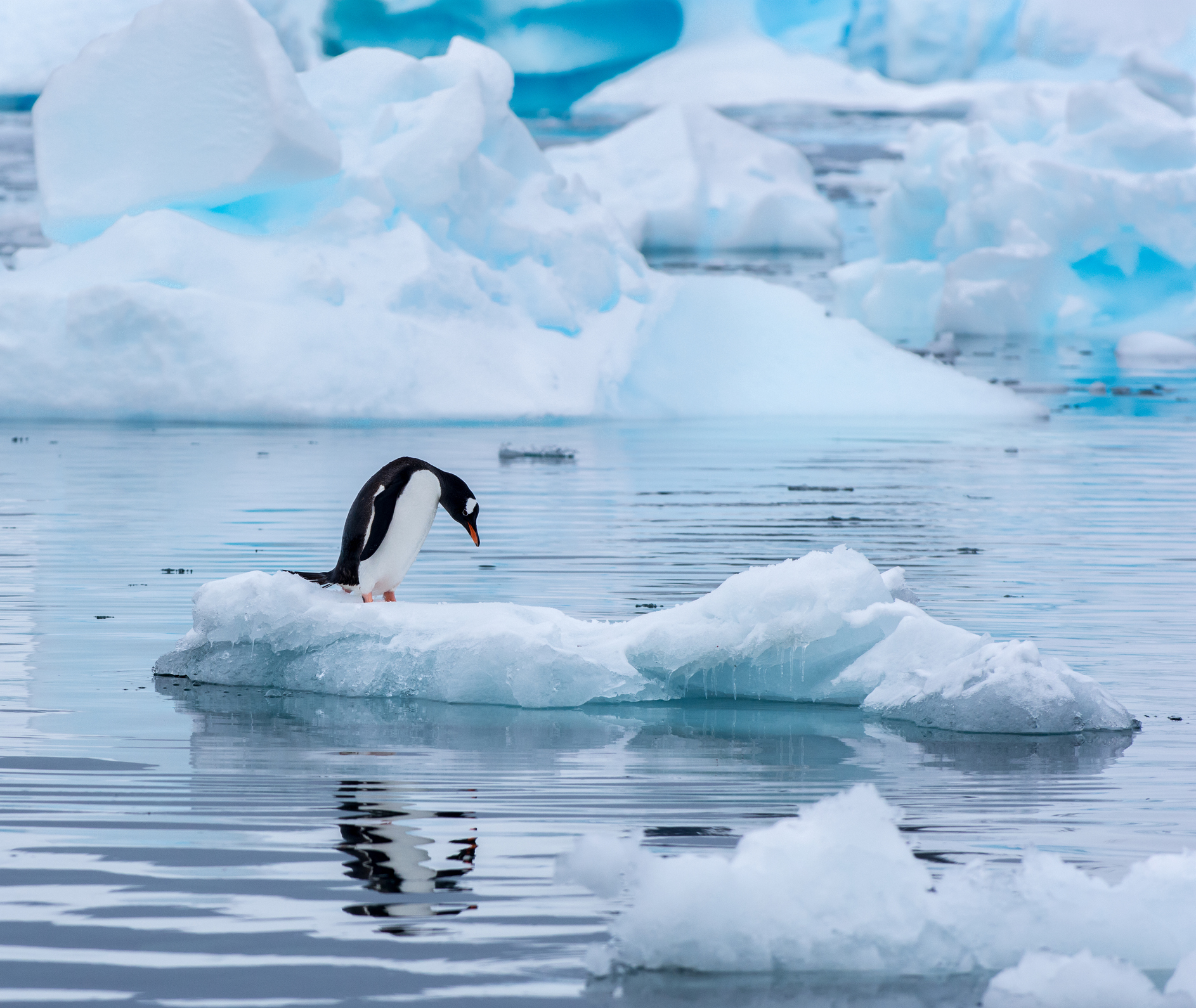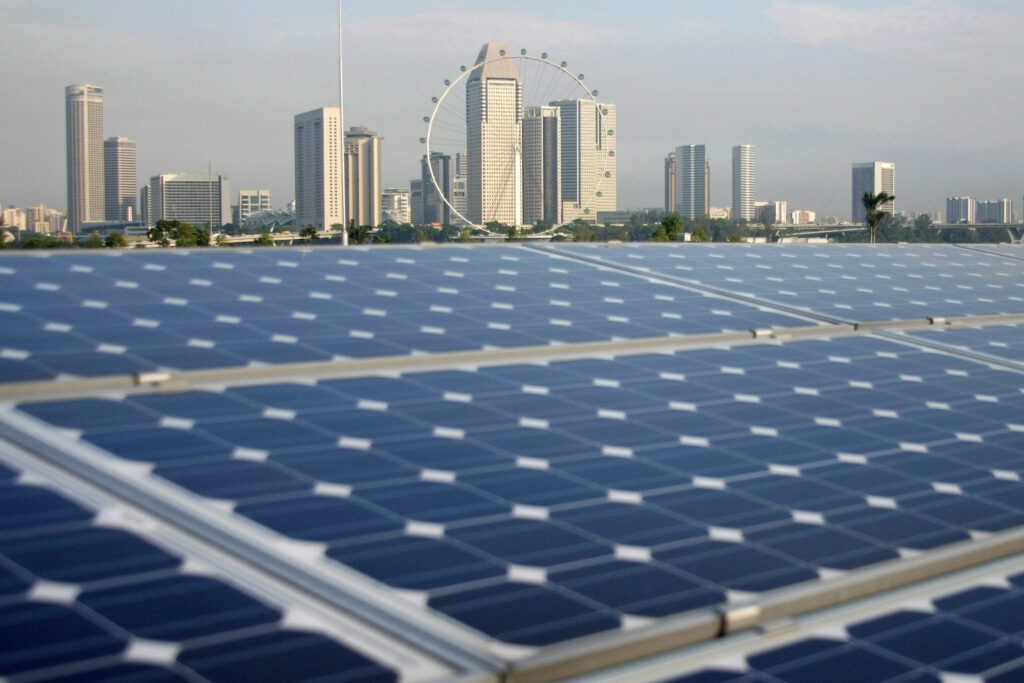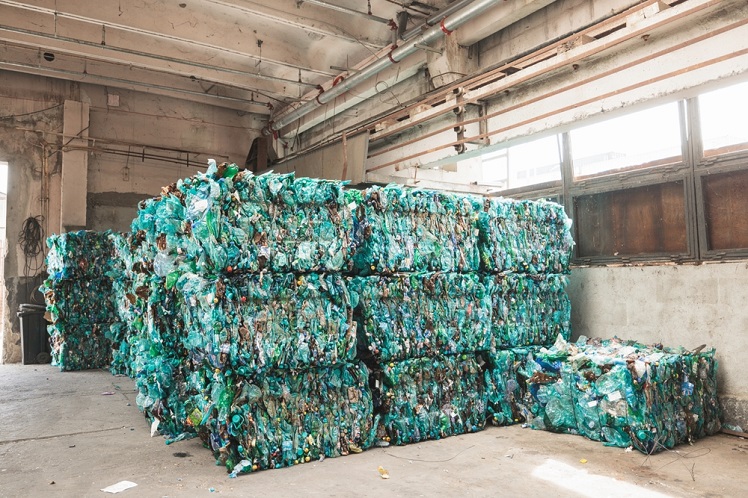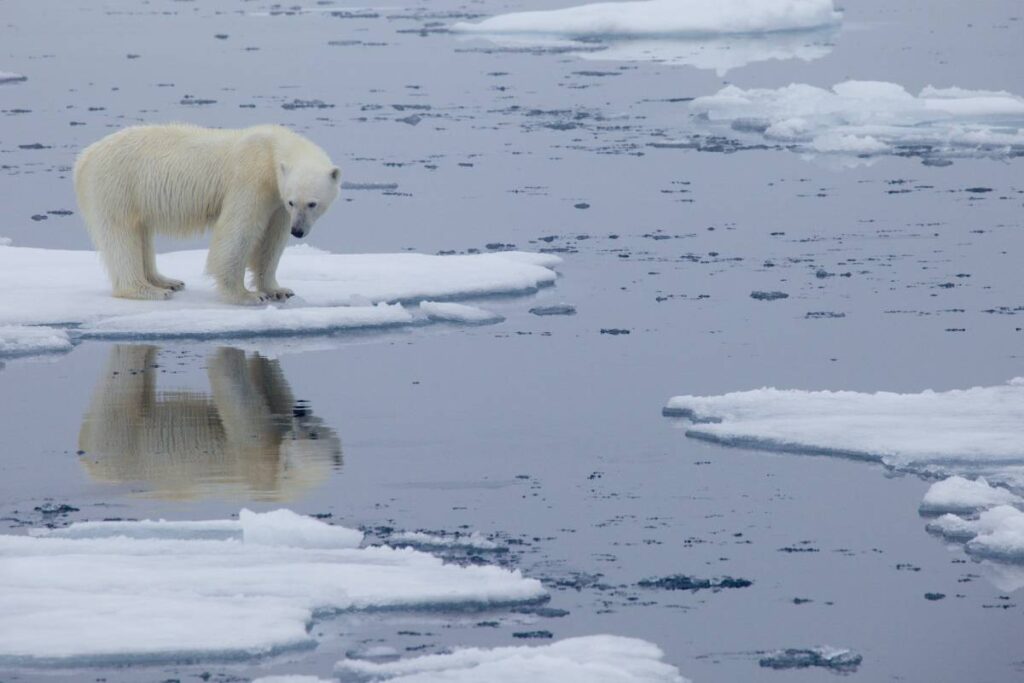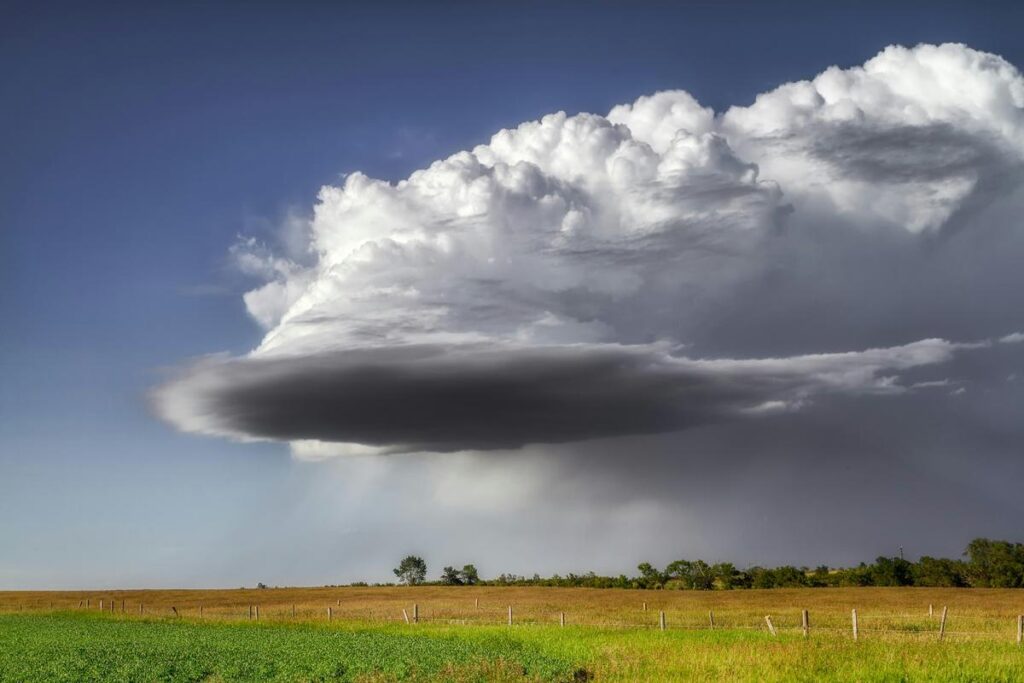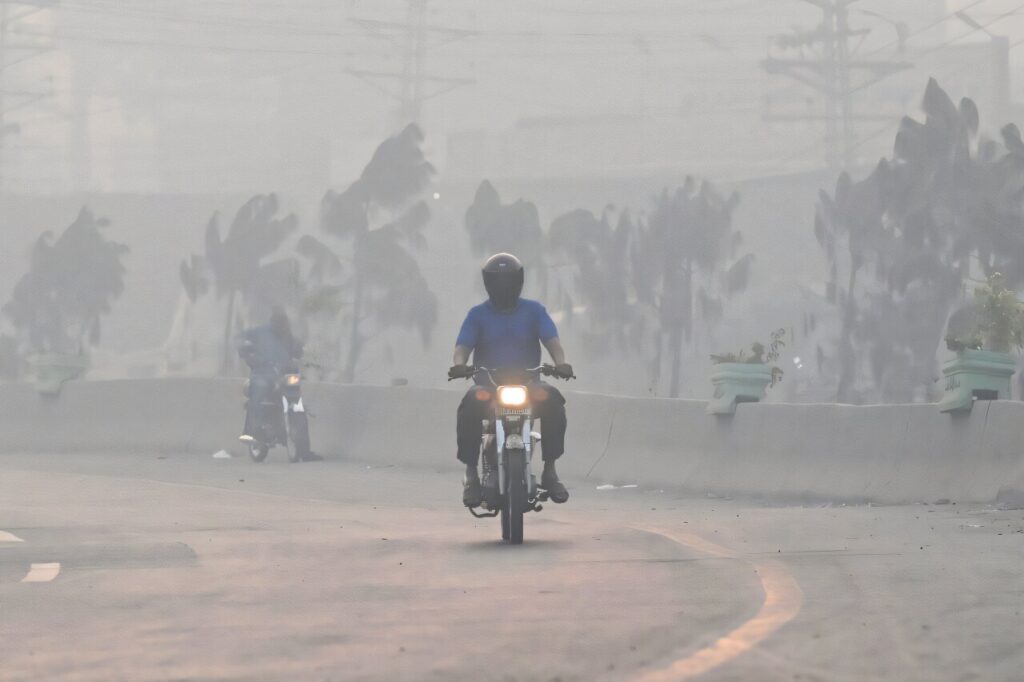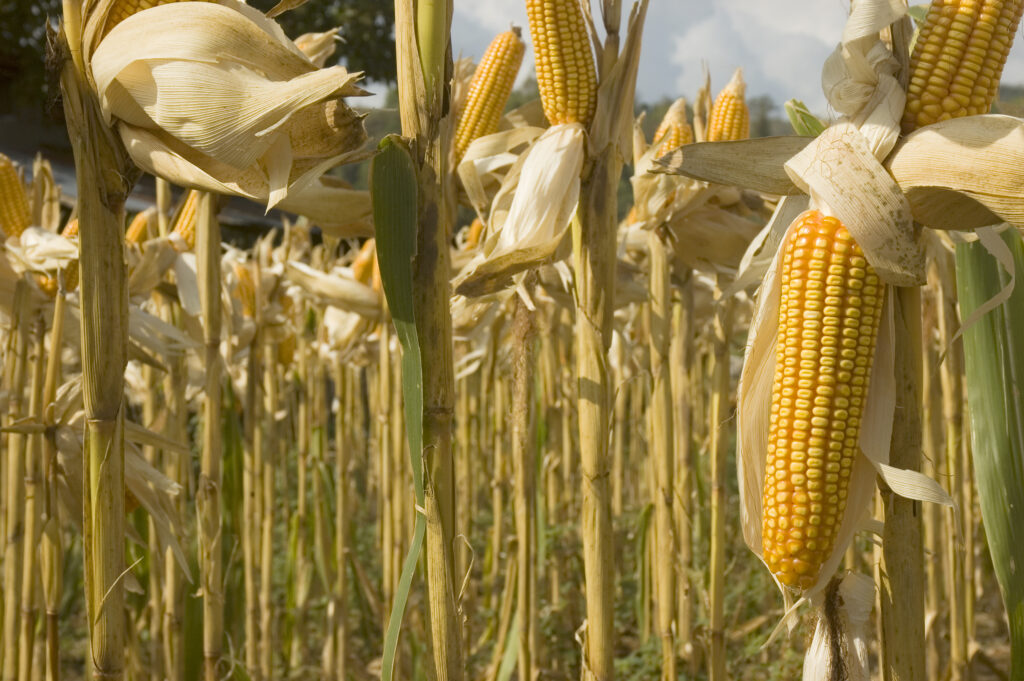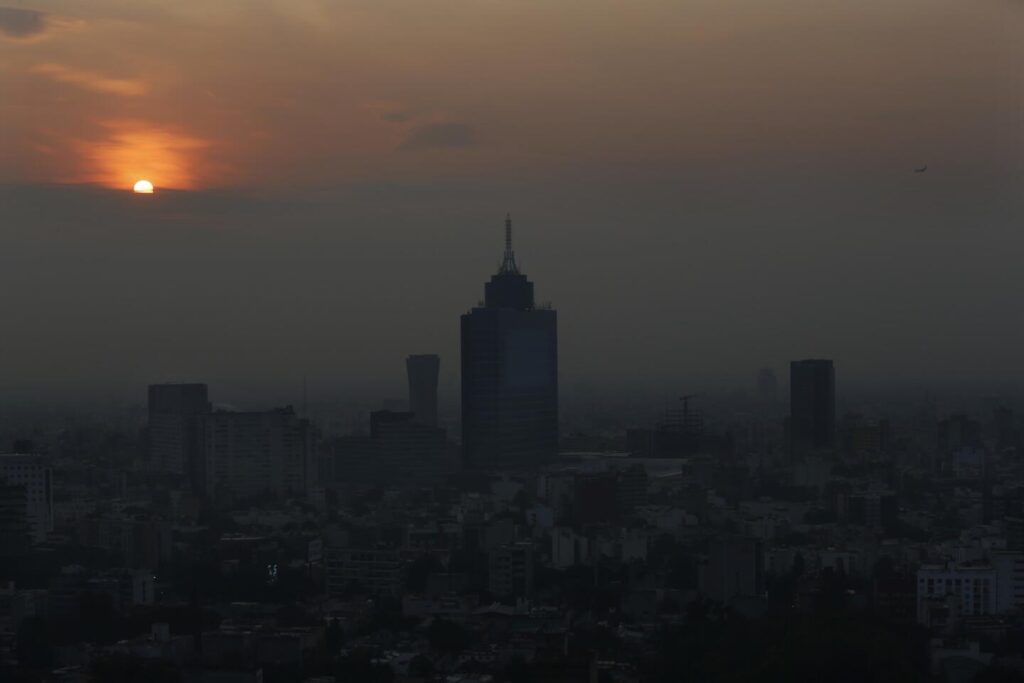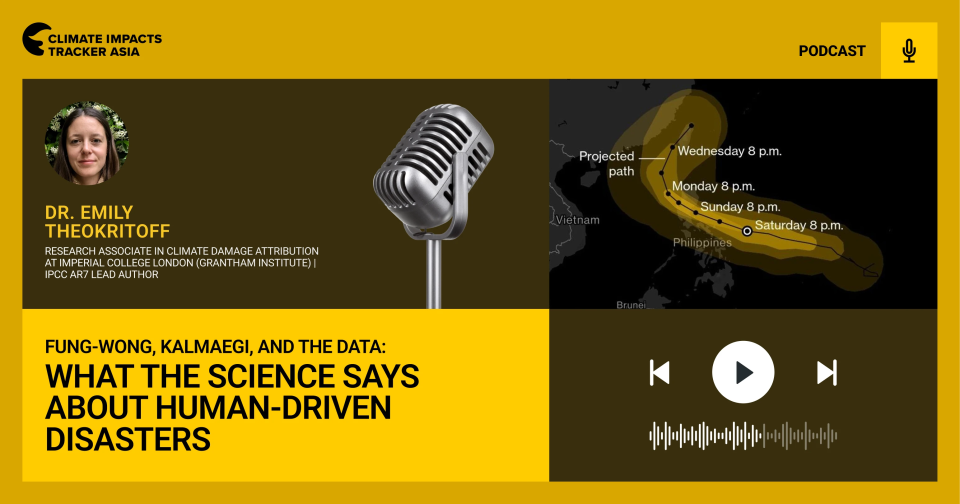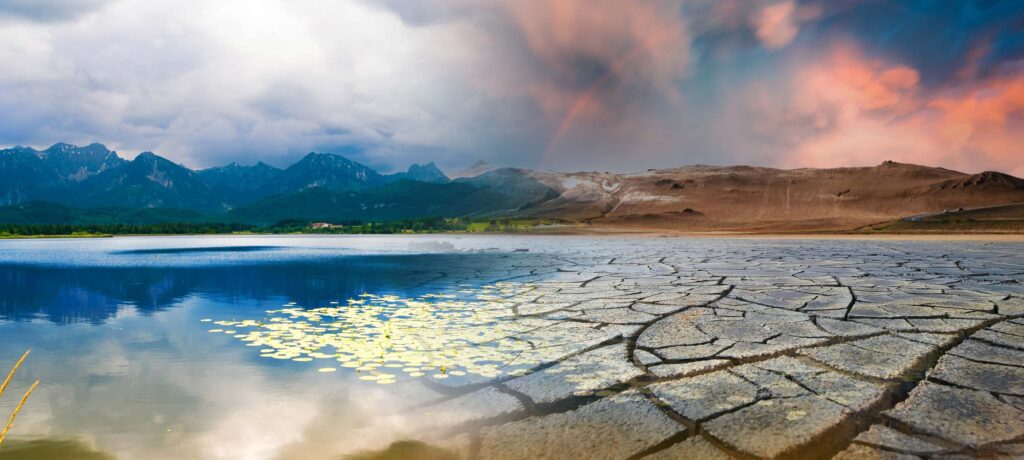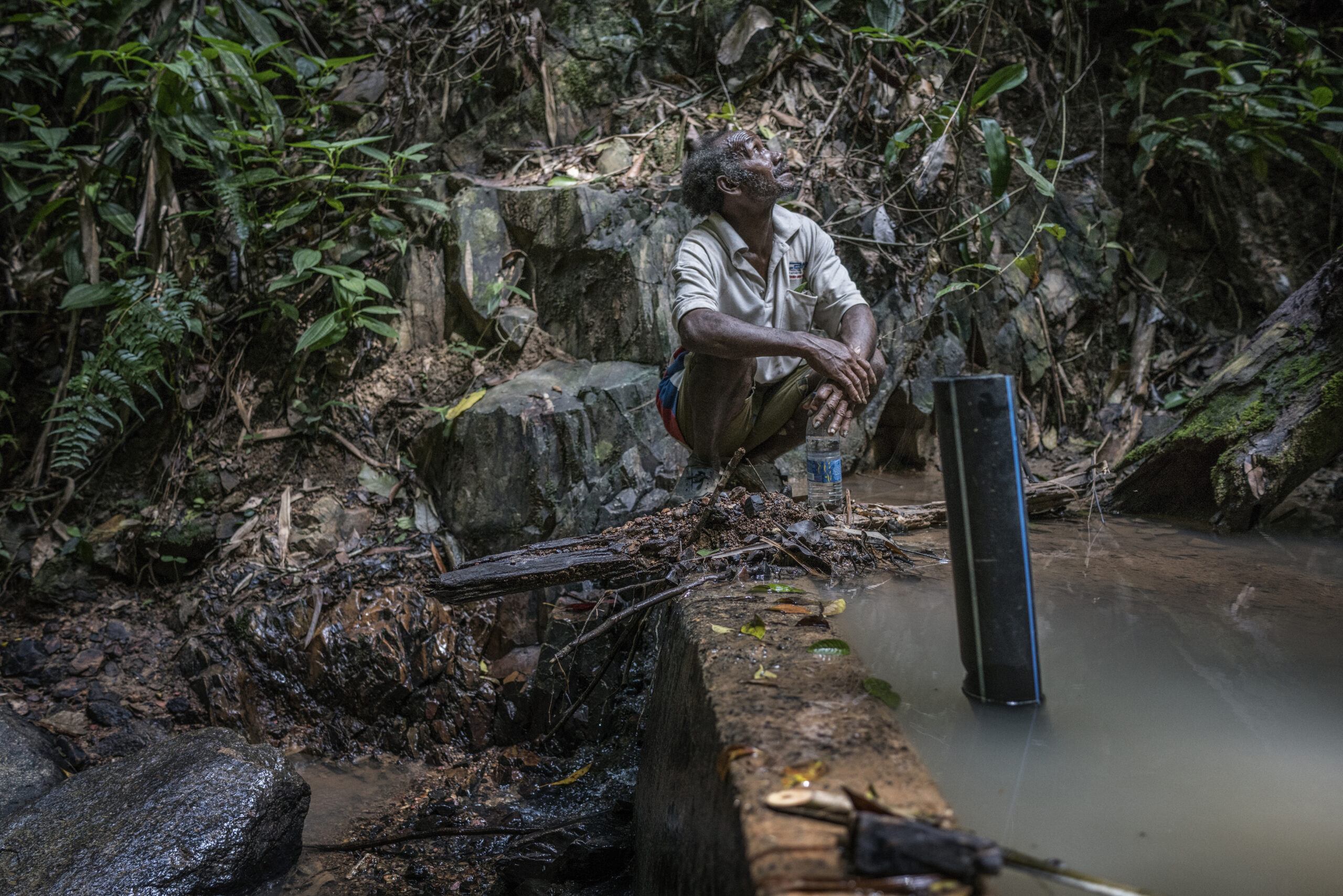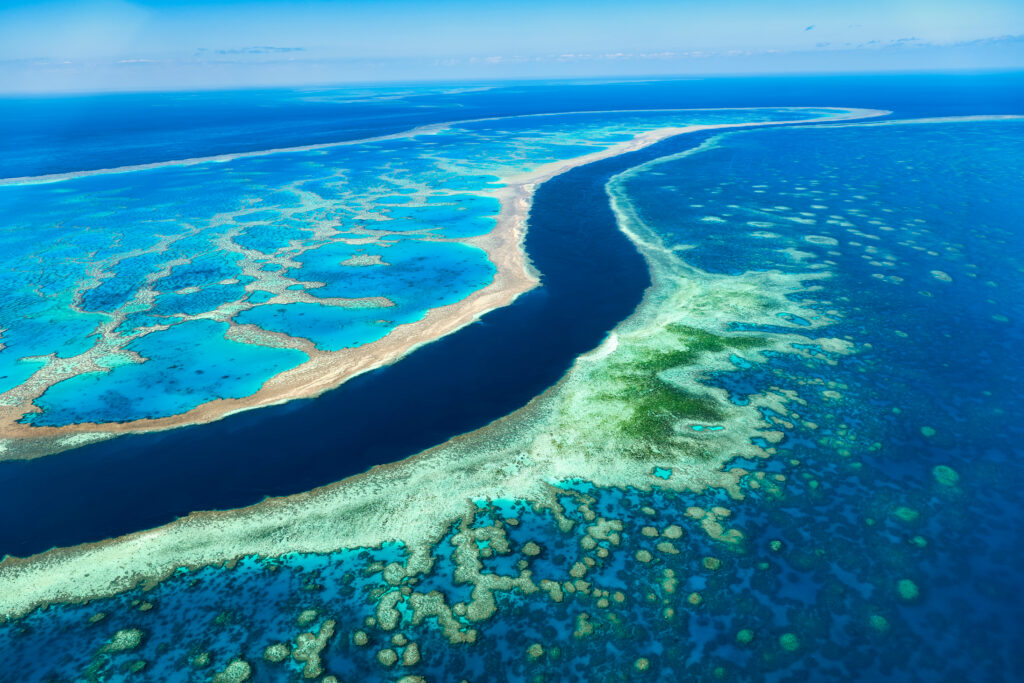The world’s climate change progress is filled with contrast. In 2024, the world released 41.6 gigatonnes of CO₂ equivalent in greenhouse gas emissions, an all-time high and a 2% rise from 2023. This pushed atmospheric concentrations to 422.5 ppm, leading to the hottest year on record.
Yet, 145 governments now have net-zero emissions pledges covering nearly 90% of global greenhouse gas emissions, and clean energy investment is soaring.
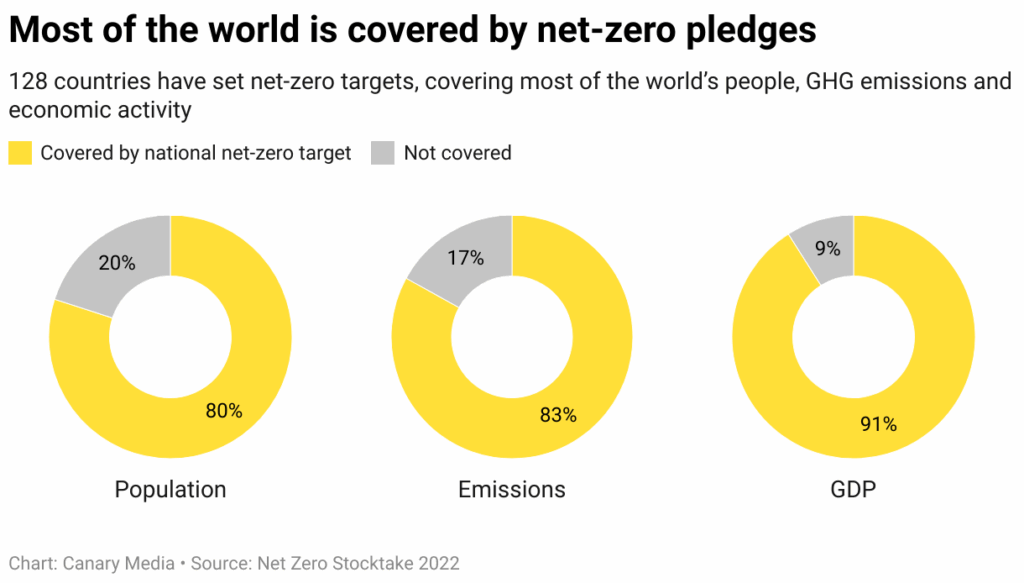
The collision between record ambition and record pollution poses a tough question: Are we finally on the right track, or just running in place while the finish line drifts further away?
The Paris Agreement: Still the North Star of Climate Action
Guiding these global efforts against climate change is the Paris Climate Agreement. Adopted in 2015, the accord sets three main goals:
- Keep the rise in global average temperature “well below 2°C” while “pursuing efforts” to limit it to 1.5 °C.
- Strengthen countries’ ability to adapt and build climate-resilient societies.
- Align global finance flows with low-emissions, climate-resilient development pathways.
The treaty’s near-universal reach remains its strength. 195 Parties have ratified the Paris agreement, each agreeing to submit increasingly ambitious Nationally Determined Contributions (NDCs), essentially emissions reduction goals, every five years.
At COP29 in Baku, negotiators finalised the Article 6.4 rulebook for a UN-supervised global carbon market, a critical step in unlocking private capital and ensuring transparent credit accounting.
Carbon Dioxide Emissions and Energy Trends: The Reality Check
Pledges alone won’t reduce greenhouse gas emissions, limit global warming and make progress on climate change. Many countries have been slow, or have failed to reach their existing polices. Even more concerning is that existing policies to phase out fossil fuels are insufficient, with projections indicating that current policies will lead to warming near 3°C by 2100. Global annual emissions need to decline by 42% by 2030 and by 57% by 2035 to stay below a 1.5°C warming threshold.
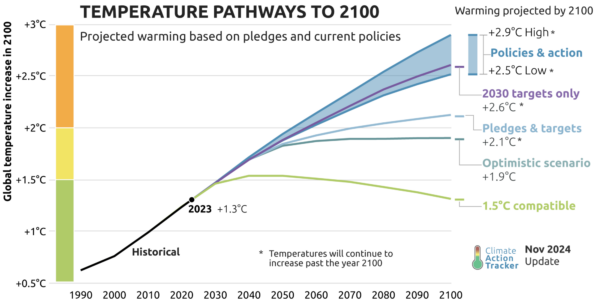
A closer examination of key sectors reveals progress is being made, yet still falls short of what is needed.
Energy Supply: The International Energy Agency reports a record 700 GW of renewable energy added in 2024, enough to power Japan and Germany combined. However, this is far from the 11 TW target of renewable capacity the COP28 efficiency pledge says is needed this decade. China and India both hit “coal-to-clean crossover” price points, yet China still has 227 GW of coal under construction and India plans another 53 GW by 2032.
Transport: Electric vehicles continued their surge. More than 17 million EVs were sold in 2024, pushing electric cars past the 20% share of global new-car sales for the first time.
Industry: Industrial processes still account for 6.5% of global emissions, and hard-to-abate sectors, such as steel and cement, continue to pose a significant challenge for reducing emissions. Solutions like carbon capture and green hydrogen-based steel pilot projects are operating in several countries but are still in the early stages, currently abating less than 0.1% of emissions.
Climate Finance, Adaptation and Equity to Combat Climate Change
As with many projects and goals, financing remains one of the primary challenges to climate change progress. This is particularly true for the developing world, which needs upwards of USD 2.3 trillion per year by 2030 to support its climate pledges. Without increasing access to predictable, affordable capital, these NDCs will remain out of reach.
From the USD 100 billion goal to the NCQG
OECD tracking shows that developed-country climate finance finally reached USD 116 billion in 2022, edging past the long-promised USD 100 billion mark but leaving adaptation with barely one-third of the funds. At COP29, parties agreed on a New Collective Quantified Goal of USD 300 billion a year by 2035, with an indicative pathway towards USD 1.3 trillion at peak. This is still shy of the USD 2.3 trillion estimate of needs, but an undeniable jump in ambition.
Adaptation and Loss and Damage Funding Gaps
UN studies estimate that developing-country adaptation requirements will be USD 200-250 billion per year by 2030, compared with flows of only USD 24 billion today.
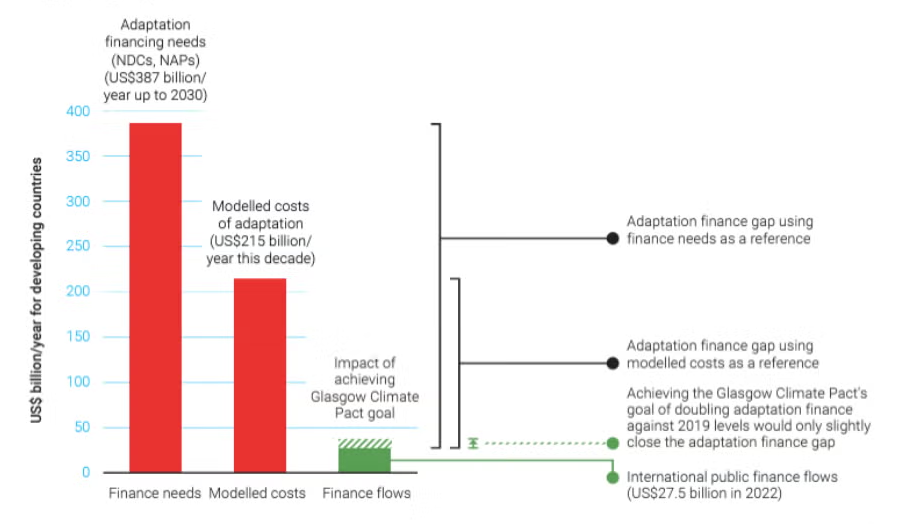
That being said, global mechanisms are beginning to address this issue. The new Loss and Damage Fund named its first executive director in 2024 and is preparing to disburse the initial USD 800 million pledged at COP28. Additionally, multilateral development bank (MDB) reform and blended finance mechanisms, such as Just Energy Transition Partnerships (JETPs), are highlighting how public money can bring in private capital.
2025-2030 Outlook: Closing the Climate Ambition Gap
Firstly, every party must file a 1.5°C-aligned NDC by COP30 (November 2025). Translating the Dubai pledge to triple renewables and double efficiency by 2030 means adding more clean power and reducing energy intensity.
On the local governance and private sector front, more than 9,000 companies and 1,000 cities have now joined the UN’s Race to Zero. Meanwhile, a growing number of sector groups, from the Industrial Deep Decarbonisation initiative for steel and cement to the Green Shipping Challenge, are starting to fill policy gaps.
Climate Crisis and Keeping 1.5 °C Within Reach
The gap between ambition and implementation is undeniable, but climate change progress is not a mirage. The Article 6 carbon market, the USD 300 billion finance goal and the 2025 NDC ratchet provide policymakers with concrete levers to pull over the next five years.
Whether 1.5 °C remains “barely alive” or fades will hinge on tripling renewables, phasing out subsidies and mobilising trillions in blended finance. The clock is ticking, but the roadmap is accessible.
Eric Koons
Writer, United States
Eric is a passionate environmental advocate that believes renewable energy is a key piece in meeting the world’s growing energy demands. He received an environmental science degree from the University of California and has worked to promote environmentally and socially sustainable practices since. Eric has worked with leading environmental organisations, such as World Resources Institute and Hitachi ABB Power Grids.
Eric is a passionate environmental advocate that believes renewable energy is a key piece in meeting the world’s growing energy demands. He received an environmental science degree from the University of California and has worked to promote environmentally and socially sustainable practices since. Eric has worked with leading environmental organisations, such as World Resources Institute and Hitachi ABB Power Grids.

